- Home
- Krav Maga Blog
- Krav Instructors
- Train in Israel
- Tour Train Israel
- Krav Shop
- DVD
- Kickboxing
- IKI Near Me
- Seminars
- IKI Membership
- On-Line Training
- Krav Maga Training
- Testimonials
- History Krav Maga
- Instructors Page
- Past Blogs
- Spanish
- Italian
- Certification
- Contact
- Holland Seminar
- Vienna Seminar
- Poland Seminar
- Italy Seminar
- Belt Requirements
Malmedy Massacre
By Moshe Katz
May 23, 2013, Netherlands
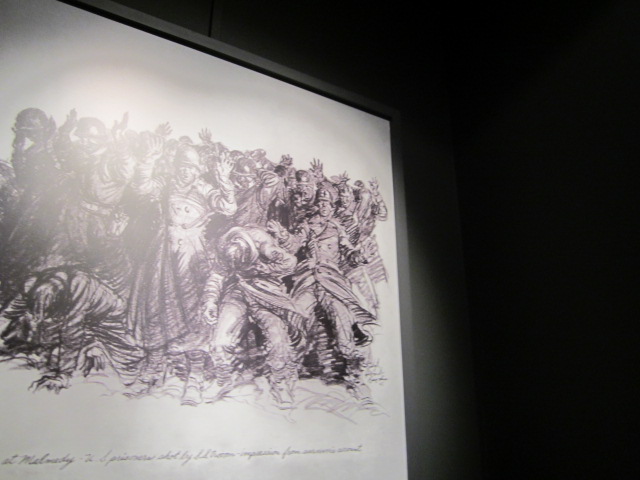
A painting of the massacre of American POWs. Based on the description of survivors.
The Malmedy massacre was a wartime massacre in which more than 80 American prisoners of war were murdered by their German captors during World War II . The massacre was committed on December 17, 1944, by members of Kampfguppe Peiper (Combat group Peiper) (part of the 1st Panzer Division ), a German combat unit, during the Battle of the Bulge.
It is known as the Malmedy Massacre but it actually took place at the crossroads of Baugnez which is equidistant from Malmedy, Ligneuville, and Waimes.
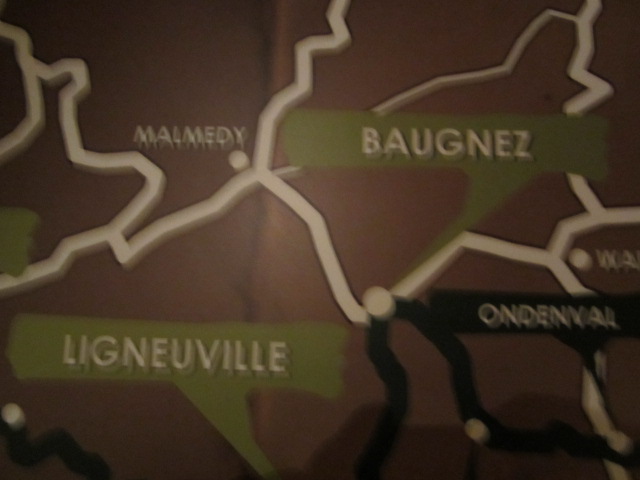
The map, Baugnez, Malmedy and Ligneuville
The massacre put fear into the minds of the American soldiers, and
they too reacted harshly towards the enemy. One U.S. unit promptly
issued orders that "No SS troops or paratroopers will be taken prisoner
but will be shot on sight." War is hell, never more. There is glory,
indescribable glory but indescribable pain.
World War Two. We grew up with it, the stories, the movies, the books.
As
a child I was fascinated with war and all things military. Every Purim
costume had to have a gun or a rifle. I lined up my toy soldiers; The
Americans against the Germans. My Grandfather showed us his uniforms and
medals and told us stories of his service in Europe; in France, the
Netherlands and Germany. Many family members served during the war,
including cousin Willie Newman who was killed during the Battle of the Bulge.
War.
I have had the privilege of touring some of the sites of the some of the bloodiest battles of the war. In some of museums there are rooms where the lights go off and they try to recreate the feeling of the war, the sounds, the fear...
but I do not need that...I stand on the battlefield, now silent, and I still my mind and I listen...I can almost hear the sounds of war, and feel the fear and the cold and the uncertainty and the loneliness and the camaraderie.
I still my
mind and I identify with those who stood here, and with those who fell
here. Not knowing what lay one foot ahead or one second ahead. A
explosion of fire, or a bomb could be the next thing one heard. A buddy
could be blown to bits or be hit by a bullet...
Life hung by a thread. Stand here and for a moment share their feelings, and honor their sacrifice.
What
it would have meant to them to have a break from all this, a cup of
tea, a night in a hotel, a night without fear. And yet, they lived
like never before, where each moment of life meant something
indescribable. This was a generation of heroes, the Greatest Generation.
To remember, to honor...
So today we travel to the area known as Malmedy. Actually the Malmedy massacre took place at the Baugnez Crossroads, maybe 2 miles for the little Belgian town of Malmedy.
Turn back the clock, it is now December 14, 1944. War, cold. No one knows when the war will end, or how many more will die on these fields. We do not know what today will bring, or whose turn it is to die a hero. Sometimes we do not know what lies just around the corner..
Kampfgruppe Peiper, named after and under the command of SS - Obersturmbannfuhrer Joachim Peiper, was a feared unit of the fearsome German war machine, and its commander, Peiper, was not an easy man.
On this day in particular,
it is said that Peiper was in a particularly foul mood as his advance had not
been as successful or as swift as he had hoped. He was frustrated and angry. His reputation preceded him as a man who inflicted terror.
It is between noon and 1 p.m., the German spearhead approaches the crossroads. An American convoy of about thirty vehicles, mainly elements of the American 285th Field Artillery Observation Battalion (FAOB), is negotiating the crossroads and turning right toward Ligneuville, in order to reach St. Vith, where it had been ordered to join the 7th Armored Division, to reinforce the city's defense.
They run into an
American commander, Lieutenant - Colonel David Pergrin of the 291st Engineer Combat Battalion. He warns them not to travel this road to get to St Vith as the Germans
were coming on this route, but they decide to follow their orders as they were
issued. A fatal mistake. But this is war, and everything is a calculated
guess.
This journey took them to what the locals called the 'Baugnez Crossroads' - two miles south-east of Malmédy.
The spearhead of Peiper’s group spotted the American convoy and opened
fire, immobilizing the first and last vehicles of the column and forcing
it to halt. SS Lieutenant Werner
Sternebeck was the commander who fired upon the Americans, he had lost 5 of his 7 tanks fighting agasint the US 99th Infantry.
Armed with only rifles and other small arms, the Americans surrendered to the Nazi tank force.
The
Americans were taken prisoner and taken to a field where they joined
other prisoners. I stood on that hallowed ground. I stood there in
silence. It is still a cross road, and I go hear the trucks and cars
driving by. But on this corner, covered with snow, the American POWs
stood...and here many of them died.
About 120 men were gathered in the field. For reasons that remain unclear today, the SS troops suddenly fired on their prisoners with machine guns.
Soldiers from Peiper's unit went around the field and shot at close range anyone who seemed to be alive - or clubbed them to death as later autopsies showed. Incredibly, some prisoners did get away after feigning death. It was three of these escapees that came across (American) Colonel Pergrin and reported that had happened..
The battle was fierce and no side could claim this land. Not until January 14 did the Americans finally take control. When they came to the field they recovered 84 frozen bodies.
After the war a trial was held and many German soldiers were sentenced, inlcuding Peiper.
Death of Peiper
Peiper lived in France following his release from jail. In 1974 he was identified by a former Communist resistance member of the region who issued a report for the French Communist Party.
In 1976 a Communist historian, investigating the archives, found the Peiper file. On 21 June tracts denouncing his presence were distributed in Traves. A day later, an article in the Communist publication revealed Peiper's presence in Traves and he became the subject of death threats.
Upon the death threats Peiper sent his family back to Germany. He himself stayed in Traves. During the night from 13 July to 14 July 1976 a gunfight took place at Peiper's house. Further, his house was set on fire. Peiper's charred corpse was later found in the ruins with a bullet in the chest. The perpetrators were never identified, but were suspected to be former French Resistance members or Communists.
Finally justice was achieved.
Thoughts
To stand there, to stand HERE, to remember, that moment in time. That moment that for so many was the last moment on this earth, ending in so horrible a way, and for those that survived, to run away, to fight again, to remember,
The monument stands silent, a few markers that people were there. a note by a survivor that he does not hate the Germans but only the cruelty that was. He writes that he is the last survivor of that massacre and he remembers the pure joy of the Nazis were killed his buddies.
We stand and we honor that memory, and for a brief moment in time, share their fate, share their destiny and acknowledge that it is their sacrifice that allows us to live today. So we take a moment of time, to visit, to stand still, to remember, on this hallowed ground and everywhere were they fought for a better world. Let us not forget those who gave their lives, who gave their everything.
Stillness....but somewhere, somewhere the energy of those bullets and bombs...is still felt.
In an ironic but beautiful twist of fate the chief interrogator during the Malmedy massacre trial where Col. Joachim Peiper and his men were prosecuted for the murder of the American prisoners of war was William R. Perl, a Jew born in the Austrian Hungarian Empire, escaped to the America, joined the US army and served his new country admirably.
Imagine those Nazis, sitting unarmed in prison, being interrogated by a Jew, one of those who managed to escape their claws.
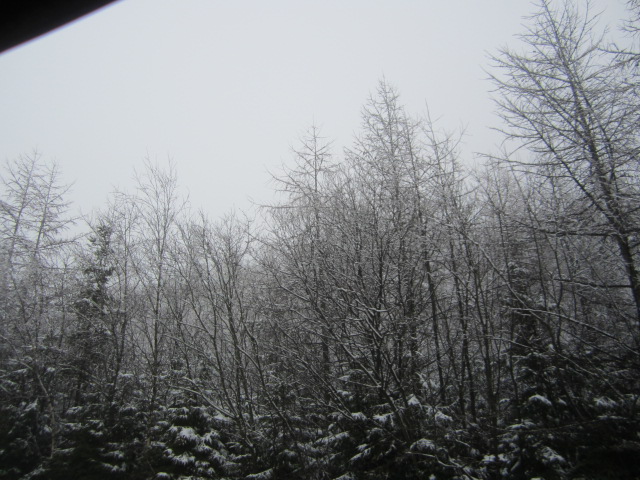
Ardennes Forest, the scene of many great and costly battles during the World War Two. the forest runs primarily through Belgium and Luxembourg, but also stretches into Germany and France.
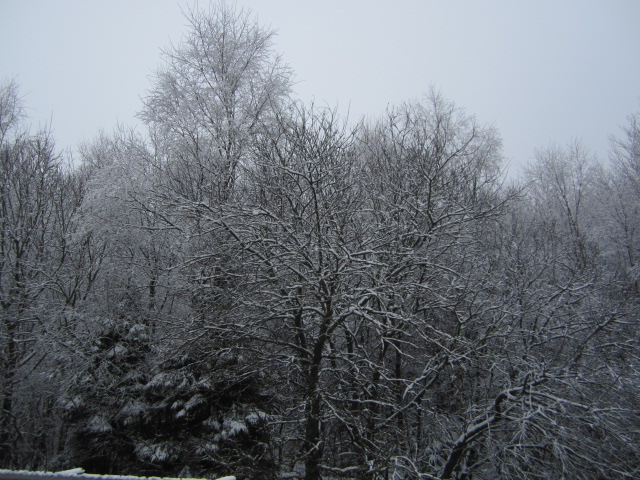
We drive along the Ardennes forest, and I imagine bombs and bullets tearing through the trees.
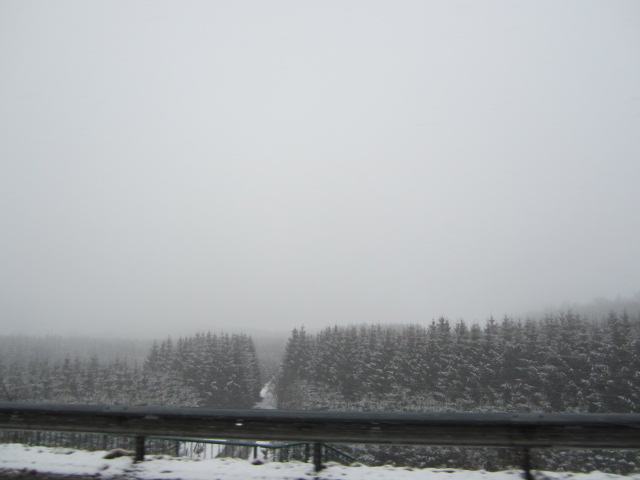
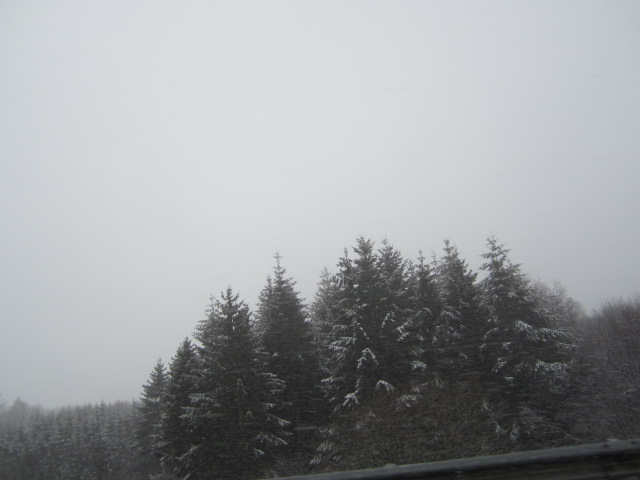
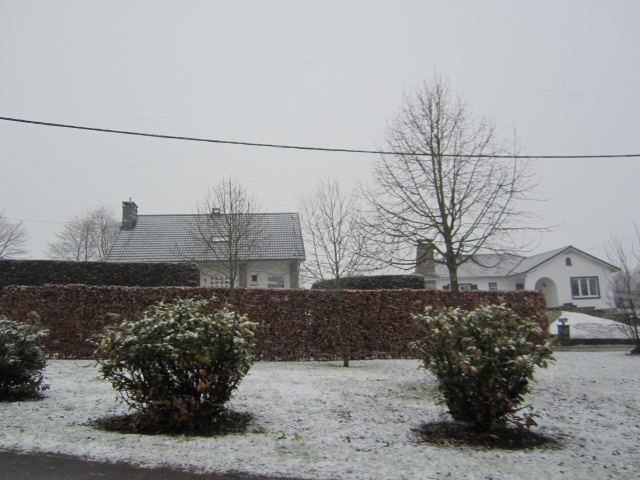
We reach the town of Malmady. I is very cold and snowing but nothing like the harsh weather of December 1944.
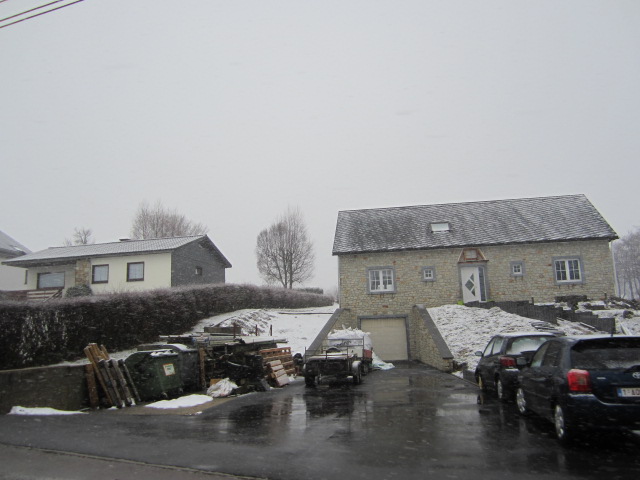
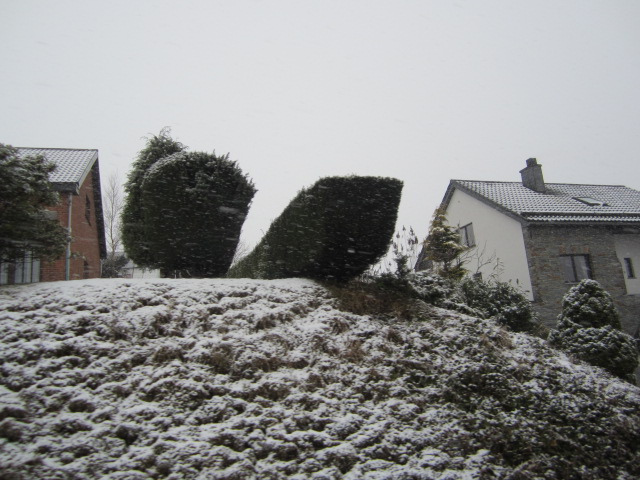
Baugnez Cross Roads
Memorial to the Massacred
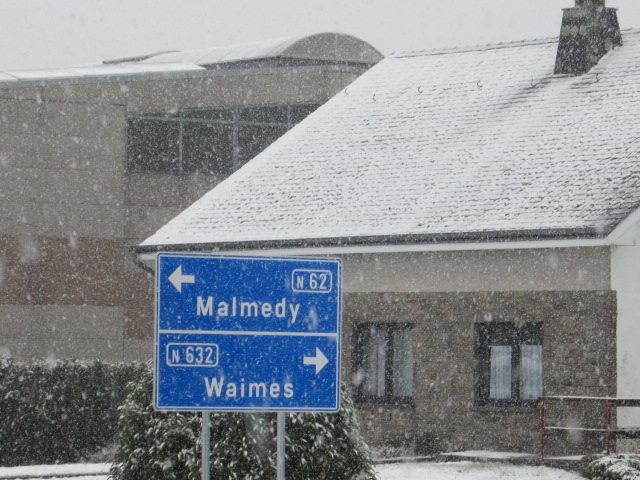
Sign shows how close the site is to Malmedy and Waimes.
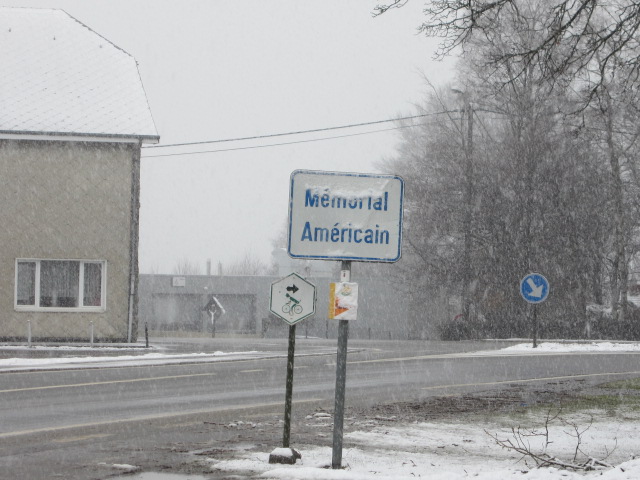
at the cross road..to our right is the site of the massacre
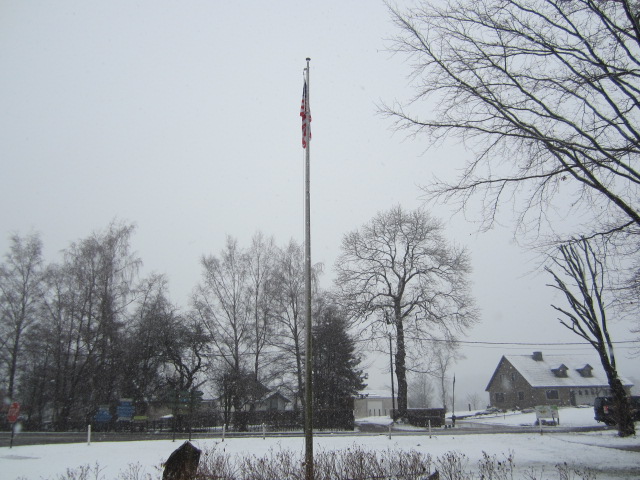
The American flag over the site of the Massacre. It is a cold, snowy day.
The rose bushes, not visible now, were donated by Americans in Tyler, Texas.
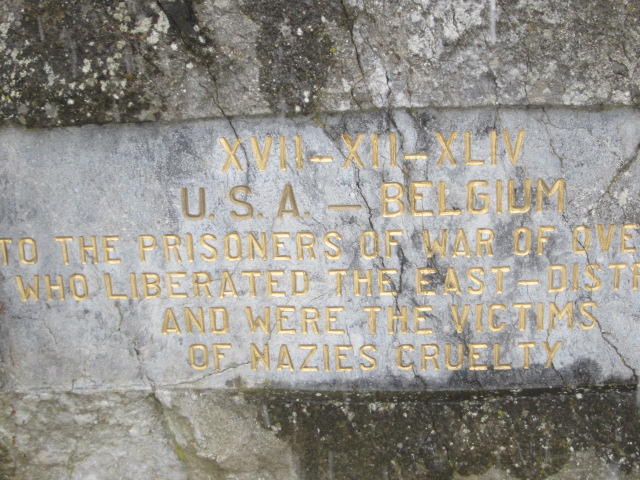
To the prisoners of war. They were heroes. and the fell victim to the Nazi cruelty.
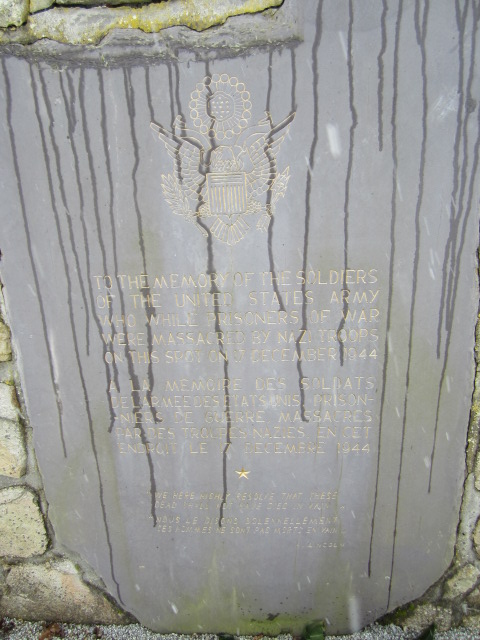
To the memory of the soldiers of the United States Army...
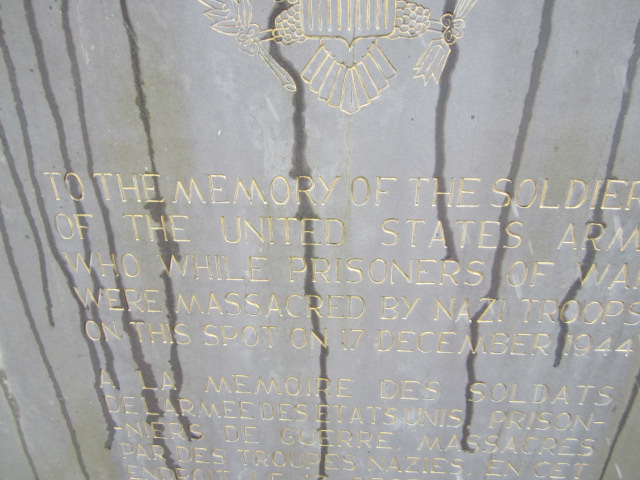
To the memory of the soldiers of the United States Army who while prisoners of war were massacred by Nazi troops on this spot on 17 December 1944.
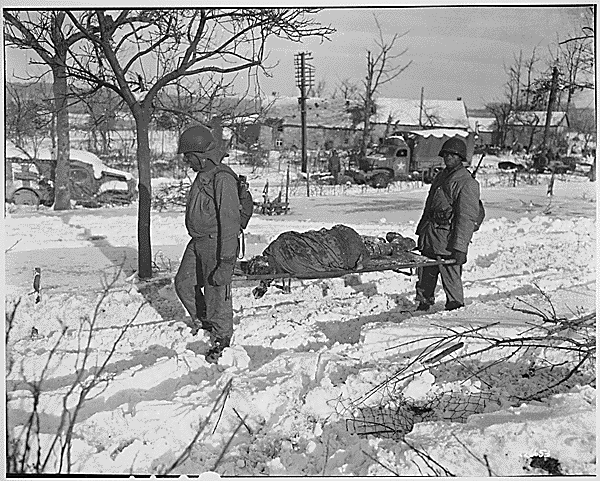
Original photo, American soldiers removing bodies of massacred American POWs. January 1945
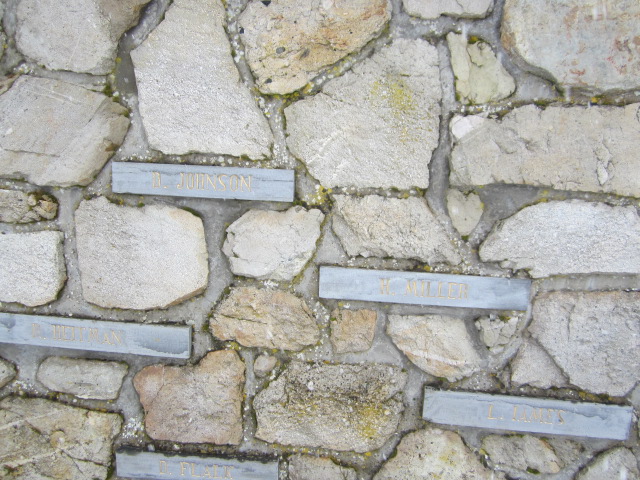
The names of the American prisoners of war who were massacred at Baugnez; each name is remembered and carved on a brick in this wall.
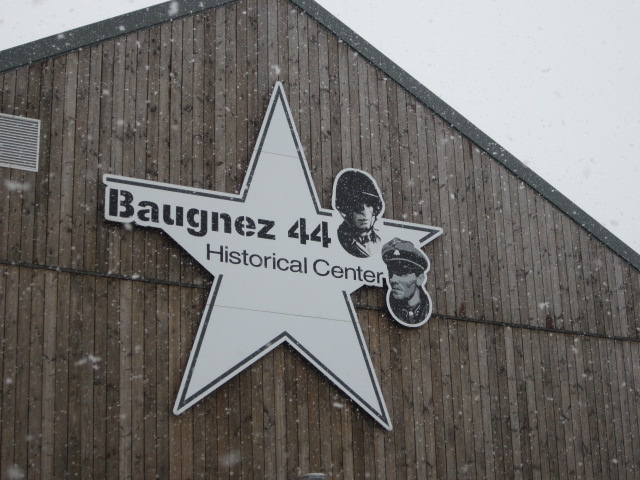
The World War Two museum, directly across from where the massacre took place.
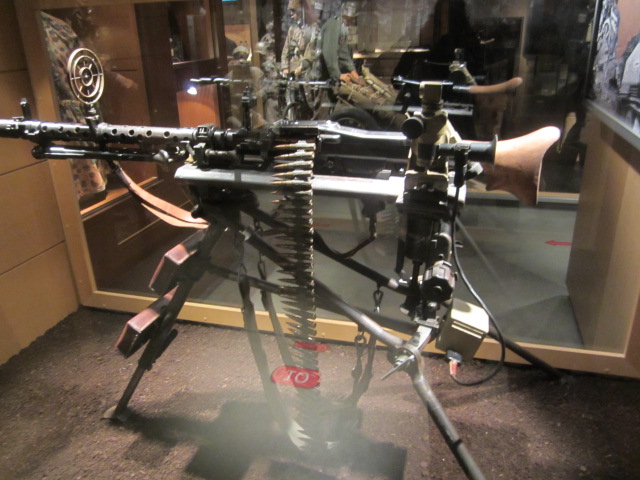
The Maschinengewehr 34, or MG 34, is a German recoil-operated air-cooled machine gun that was first produced and accepted into service in 1934, and first issued to units in 1935.
The versatile MG 34 was arguably the finest machine gun in the world at the time of its adoption and deployment with the German Army.
considered to be the worlds first general-purpose machine gun
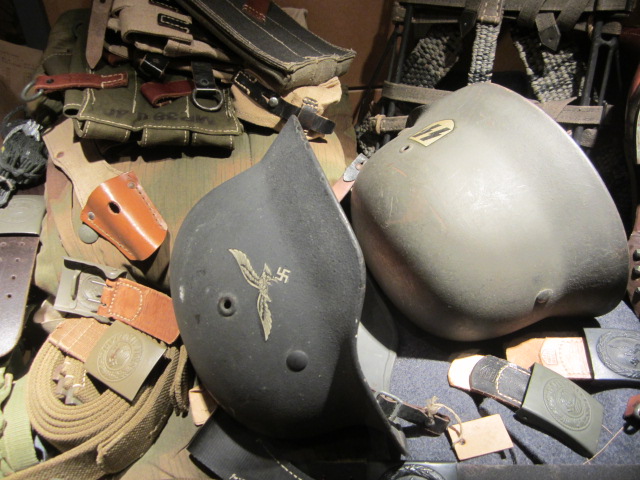
German helmets and tools.
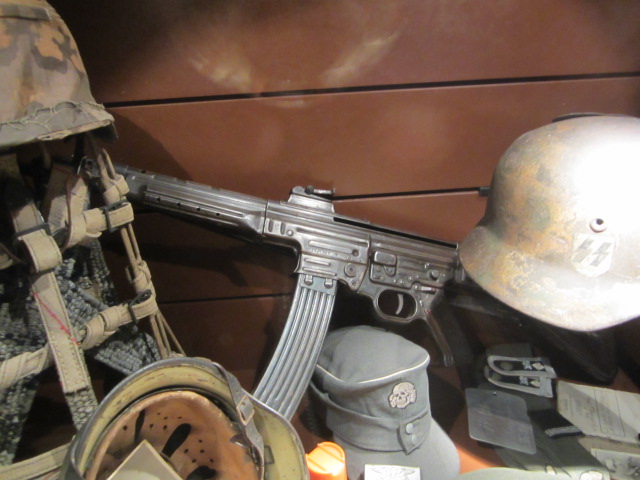
German helmet and weapons
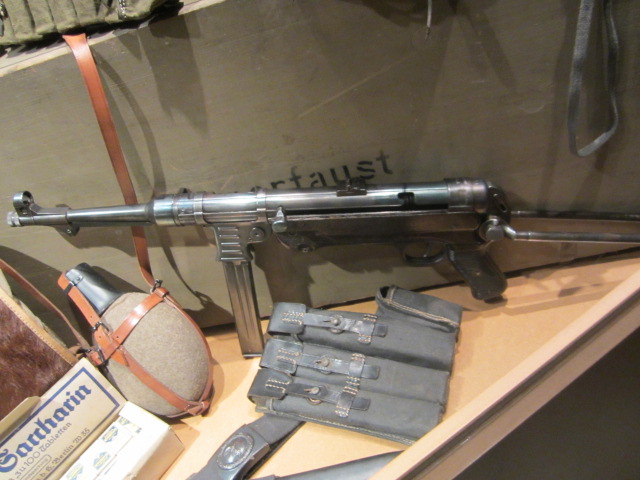
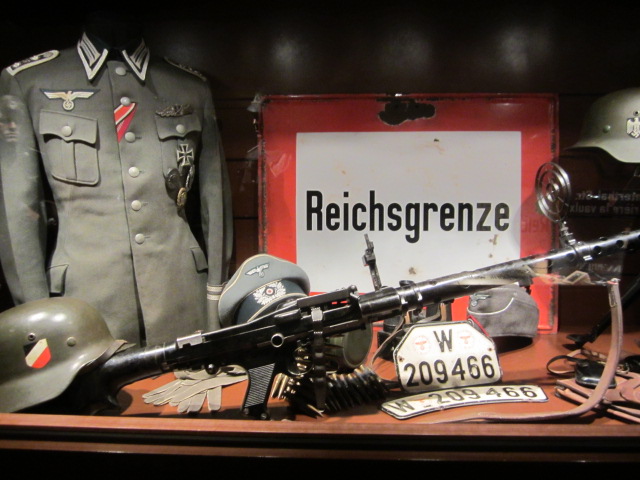
These weapons, now silent, once shook the forests with gunfire. Perhaps these very guns killed many soldiers, perhaps this gun took the lives of American soldiers?
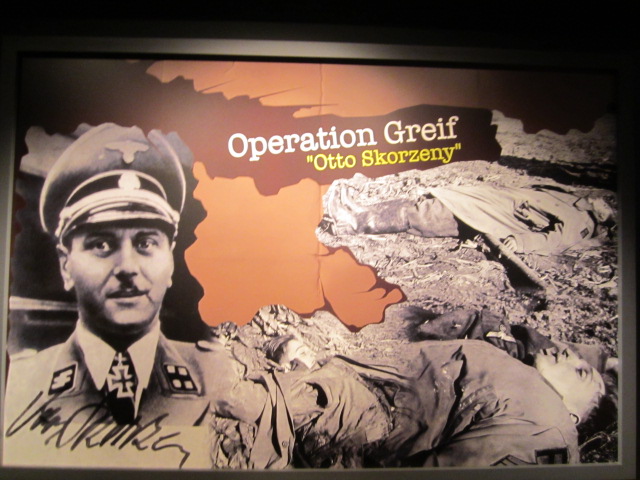
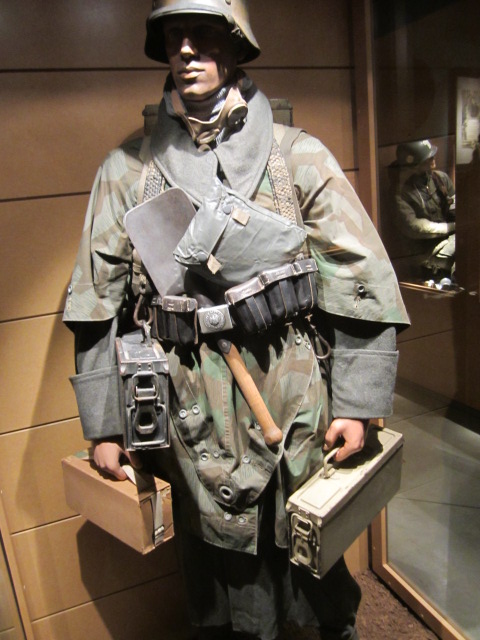
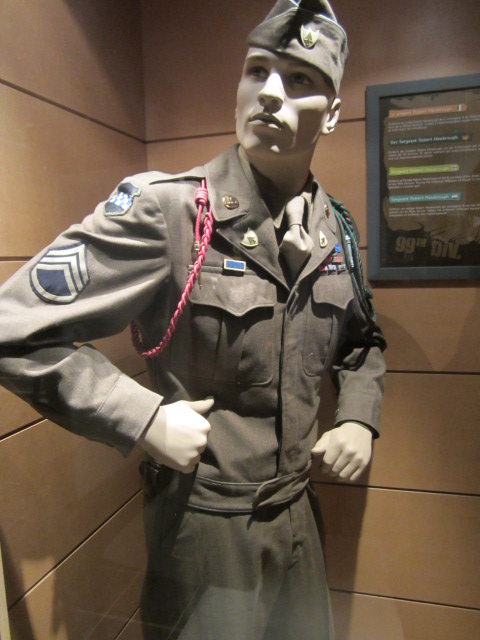
Original uniform donated by American GI, World War Two.
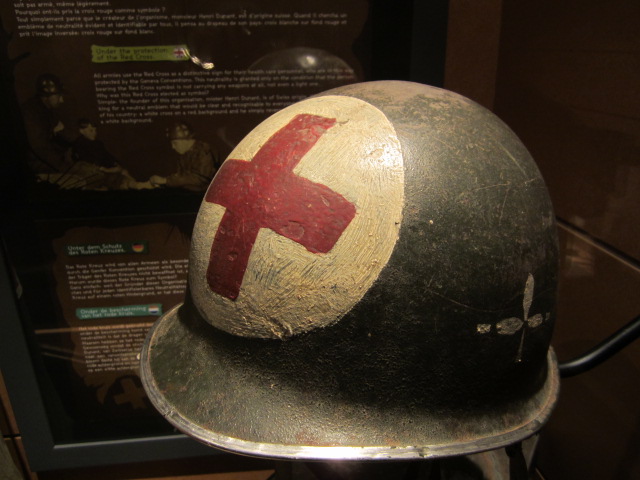
Helmet of a US medic. Now sitting in the museum, we can only imagine what sights this helmet saw, rushing to help an injured buddy while facing enemy bullets. Take a moment to reflect, to feel, rushing in under enemy fire to pull a fellow soldier out, giving him first aid.
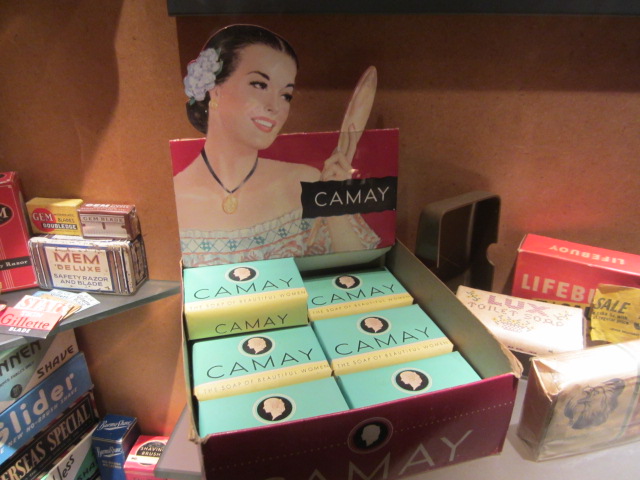
Some of the original items issue to by American soldiers in World War Two.
Visit our other site as well
Israeli Krav International.com
Enjoyed the blog?
Books by Moshe Katz (All the blogs and more)